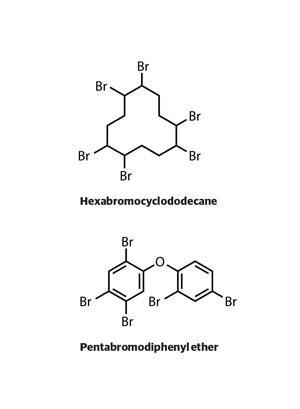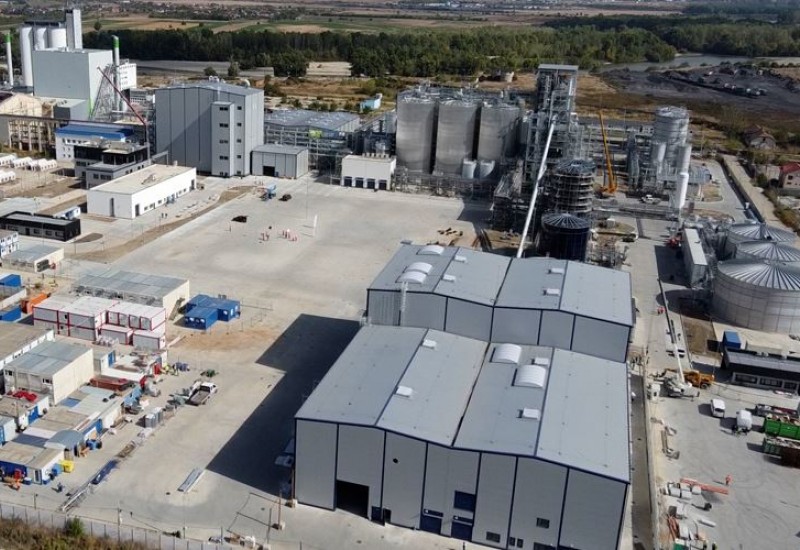BFRs face EU restriction
Within the Restrictions Roadmap under the EU’s Chemicals Strategy for Sustainability, ECHA has released its Regulatory Strategy for Flame Retardants (FRs). This refers mainly to halogenated FRs and organophosphorus-based FRs, which make up about 70% of the organic FR market.
The strategy identified aromatic brominated FEs (BFRs) as candidates for EU-wide restriction on five classes of aromatic BFRs that are already or will be confirmed to be persistent, bioaccumulative and toxic, or very persistent and very bioaccumulative, or identified as substances of very high concern.
The agency noted that aromatic BFRs, such as polybrominated diphenyl ethers, are generally persistent in the environment, while many, like decabromodiphenylether, are also known to be or suspected of being toxic and accumulating in people and animals. Their release could be minimised through an EU-wide restriction, it said.
Before a potential restriction proposal, some preparatory work is required. This might include an assessment of the waste stage to find out whether hazardous substances are released when products containing FRs are dismantled, recycled or disposed of, and of the availability of suitable alternative substances or materials.
More detail is needed to decide on many aliphatic BFRs and some organophosphorus-based FRs (OFRs), which will be available next year. ECHA has suggested reassessing these in 2025. No action was recommended for several non-halogenated sub-groups, including certain OFRs, where no or low hazard was identified. Measures are already in place or have been initiated for chlorinated FRs.















